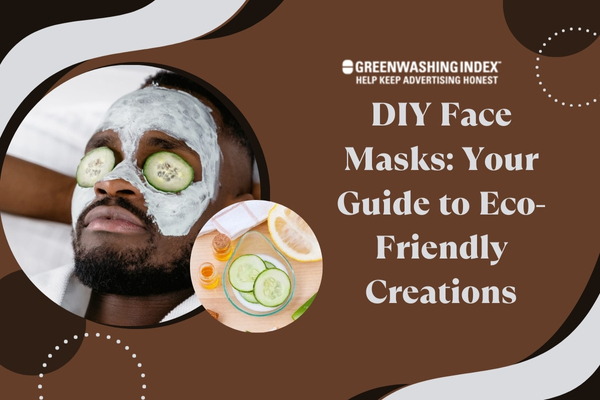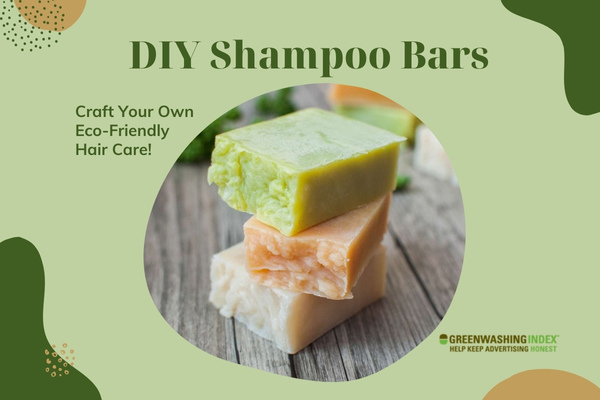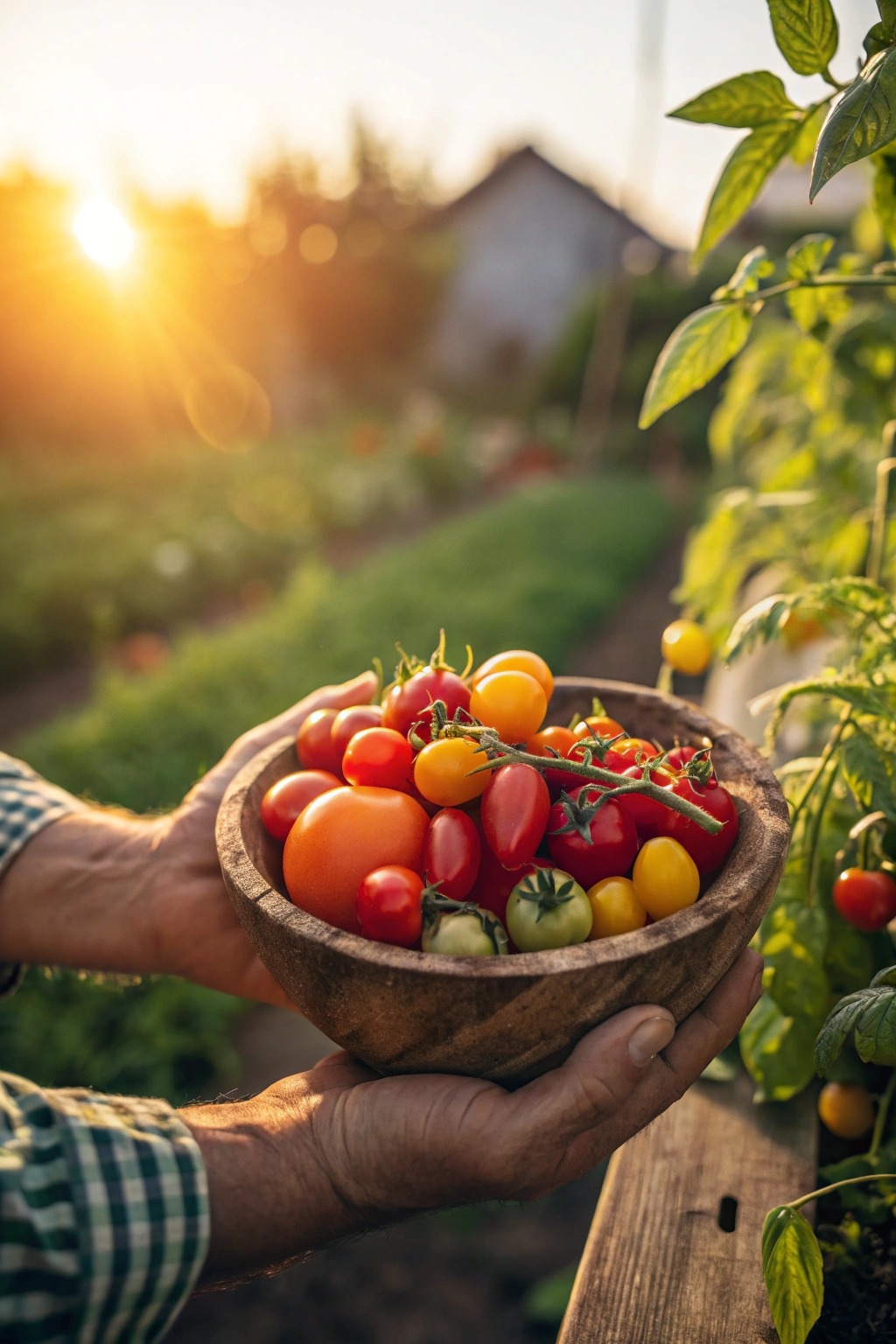When I think about making something from scratch, like DIY face masks, I get really excited. The idea that I can create something useful and good for the planet just with my own two hands is pretty cool, right? Imagine cutting down on waste and taking care of yourself at the same time. That’s what homemade face masks are all about: protection that doesn’t hurt our Earth. So, how can you jump into this eco-friendly trend? Stay tuned; I’m about to spill all the green secrets.
Making your own eco-friendly DIY face mask is easier than most people think. It’s all about using the right materials that are kind to our environment and making sure they cover your nose and mouth well without hurting your comfort. I’ve got some simple steps you can follow, from gathering materials to sewing everything together so that before you know it, you’ve made a mask that’s not just safe but also reusable – say goodbye to those throwaway ones!
What You’ll Discover In This Read
- Step-by-step guide for crafting your mask
- Tips on picking nature-friendly materials
- Ways to ensure a comfy fit with homemade masks
- Insightful cleaning hacks for longer-lasting use
- How going homemade saves money & Mother Earth
Understanding DIY Face Masks
When I talk about DIY face masks, I mean the masks you can make at your own home. It’s like your own small project, using materials you find around your house or ones you buy that are good for the Earth.

These face masks are real helpers when it comes to keeping germs away from my nose and mouth. Plus, they’re a smart choice for folks who want to cut down on waste – no need to throw them out after one use!
DIY Face Masks Overview
Now let me break it down for you:
- Personal Protection:
The main job of any face mask is to serve as a barrier. A good one covers my nose and mouth snugly but is cozy enough to wear for hours. - Advantages of Making Them on My Own:
- Cost Saving: Why spend too much money when I can make a mask with things lying around?
- Custom Fit: Since everyone’s face is different, making my own mask means I can ensure it fits just right.
- Style: I get to pick the colors and patterns! Being safe doesn’t have to be boring.
- Waste Reduction: This is big for me because disposable masks pile up in trash bins really fast! When I make my own:
- Reusable wins: I wash and wear them many times, which means less trash.
- Bye-bye plastics: Most throwaway masks have plastics that stay in landfills forever – not cool.
Why Choose Eco-Friendly Materials for Your Mask?
Now let’s dive into why using kind materials for our planet rocks:
- Loving Our Planet: Clothes and stuff made without hurting nature (that’s what eco-friendly means) don’t leave behind a mess on Earth.
- Goodbye Toxins: Many fabrics have nasty chemicals; not what you want near your skin, right? Going green keeps the yuck away.
- Happy Recycling: Eco-friendly often means materials come from recycled stuff, or they can turn into something new later on.
Here’s why those nice-to-earth fabrics are worth it:
- They’re usually softer because they’re made without harsh stuff.
- They let my skin breathe better (super important if I’m wearing the mask all day).
- Mother Earth says thank you – these materials tend to come from sources that don’t take more than they give back.
Choosing eco-friendly stuff tells me that I’m helping keep our world clean and healthy while staying safe myself!
Materials Required for Making an Eco-Friendly DIY Face Mask at Home
When I think about making a DIY face mask, the first thing that comes to mind is what I will need. So, let me help you understand what materials are essential to create your own mask:
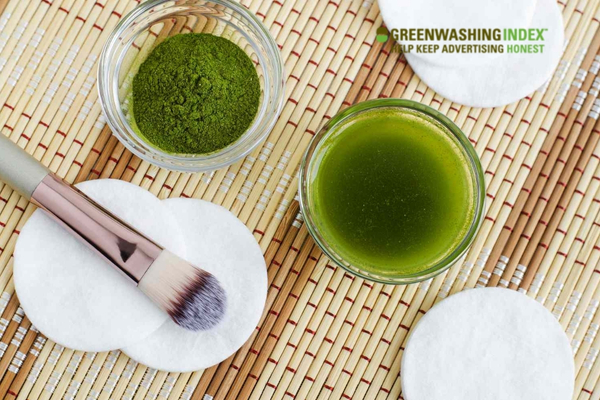
- Cotton Fabric: For the main part of the mask, I would need some cotton fabric. This can come from old T-shirts, pillowcases, or bandanas as long as they are clean and not too worn out.
- Ties or Elastic Bands: To keep the mask secure on my face, I can use elastic bands. If these aren’t available or if I want a more sustainable option, I could use strips of fabric or shoelaces instead.
- Needle and Thread: A needle and thread are necessary to sew everything together. If sewing by hand seems tricky, using a sewing machine is another option.
- Scissors: A pair of scissors would be needed to cut the fabric into the right shape for my face mask.
- Ruler or Measuring Tape: To make sure that the fabric pieces are even and fit well, it’s handy to have a ruler or measuring tape.
- Safety Pin: A safety pin might come in handy if I need to thread a tie through a small channel in my face mask.
- Iron (Optional): An iron can be helpful for flattening out folds and creases in my fabric before cutting it into shape.
I could find most of these materials around my house without having to buy anything new!
Choosing Sustainable Resources for your DIY face masks
Selecting materials that won’t harm our planet is really important when making natural face masks in a homemade style!
- Fabric Choice – Go Organic: When picking out fabric scraps from clothes or linens around my house, organic cotton is great because it’s grown without harmful chemicals and pesticides, which means it is better for me and the earth, too!
- Upcycle What You’ve Got: Instead of buying new material, why not look around at what I already own? Old shirts that no longer fit; bedsheets with cool patterns, even those cloth napkins no one ever uses – they might just become perfect DIY facial cover partners!
- Eco-friendly Ties Transformation! Elastic bands usually aren’t biodegradable, but if eco-friendly options aren’t available in stores nearby, how about using strips cut from clothes made of natural fibers? Or maybe shoelaces that can be washed & reused many times over?
- Sewing Matters: For putting everything together neatly, try picking up threads made from recycled polyester. This helps give plastics already out there new life instead of adding more trash into our environment.
By sticking with materials that do less harm, like the above suggestions, I’m on track with creating homemade face masks that respect Mother Nature while keeping myself safe, too!
Preparing The Materials
First things first, we need to prepare our materials. The best part about DIY is that we can use items that are readily available around the house or purchase sustainable fabrics from the store.
- Choose fabric – For this project, a tightly woven 100% cotton or a blend of cotton and other natural fibers works best.
- Wash the fabric – Before we start cutting, it’s crucial we wash the fabric to ensure cleanliness. Use fragrance-free and gentle detergents.
- Dry and iron – After washing, allow the fabric to air dry completely, then iron it out so there are no wrinkles.
- Cut into pieces – If you’re using an old shirt or clean cloth from home, cut out rectangular pieces roughly 9×6 inches for adults or 7×5 inches for kids.
Fabricating The Layers For Your DIY Face Masks
Once our materials are prepped, it’s time we put them together:
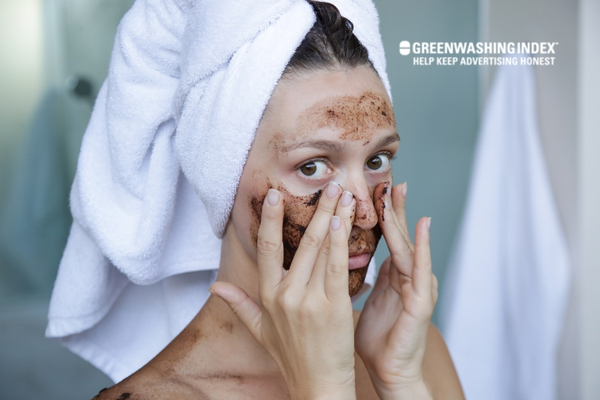
- Cut two identical rectangles from your clean fabric.
- Lay one on top of the other so their edges line up – these are now our layers.
- If you’re sewing:
- Sew along three sides of your rectangles with about ¼ inch seam allowance, leaving one short side open.
- Turn it inside out so that the seams are on the inside.
- Sew again around all four sides for extra strength if needed.
- No-sew method:
- Use fabric glue to bind both layers together; leave one short side open, like in the sewing method above.
- Press firmly along the edges until the glue has set.
Finalizing The Fit Of Your Homemade, Eco-Friendly Mask
We’re almost done! It’s time to make sure our mask fits well:
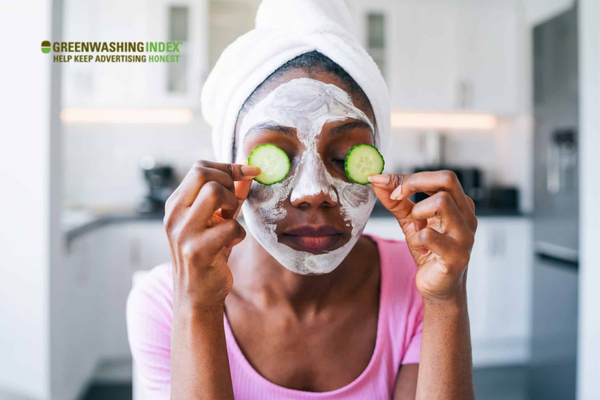
- Create three evenly spaced folds along your mask – these help cover more of your face comfortably.
- Secure these folds with pins or stitches on either side so they stay in place when wearing your mask.
- To wear the mask:
- Attach elastic bands or strings at each corner of that open side before closing it – these will be used to hold your mask around your ears or the back of your head securely yet comfortably.
- Try on and adjust where necessary; if the elastic is too tight/loose, tie small knots until you get a good fit.
And there you have it—your very own handmade eco-friendly DIY face masks! Remember always to keep hygiene in mind; wash your homemade face masks after every use following steps similar to how you initially prepared them: gentle detergent washes followed by thorough drying and ironing out.
This not only keeps things clean but prolongs their usability, too, which further enhances their eco-friendliness!
Instructions For Using And Caring For Your DIY, Eco-Friendly Face Mask
Eco-friendly DIY face masks are a good choice for me and the planet. I’ll show you how to wear them and care for them with simple steps.

How to Wear and Remove a Homemade Facemask Safely?
When I make my own homemade mask, it’s important to use it right. That way, it can help me stay safe:
- Wash Hands: Before touching my mask, I always wash my hands with soap and water for about 20 seconds.
- Inspect the Mask: I check if my mask is clean and has no tears.
- Place Over Face: Carefully, I put the mask on my nose and mouth.
- Secure the Mask: I secure it under my chin and loop the straps around my ears or tie them behind my head so that it fits snugly.
- Don’t Touch: While using it, I try not to touch the mask or face.
To take off the mask:
- Clean Hands: Just like before, hands should be washed first.
- Remove Without Touching Front: By only holding the ties or loops, gently take off the mask from your face without touching its front part.
- Fold Corners Together: Once removed, folding outside corners together can help to contain any droplets inside.
- Wash Again: After removing it, don’t forget to wash those hands one more time!
Cleaning And Reusing Your Sustainable Homemade Masks
After use, cleaning your eco-friendly homemade masks keeps them safe for reuse:
1- After removing your DIY face masks correctly, as described above,
2- Place your used masks in a mesh laundry bag if you have one (this reduces wear and tear during washing).
3- Toss them into the washing machine with regular detergent and launder them with hot water – this kills germs effectively.
For hand washing:
1- Prepare a basin with hot water mixed with laundry detergent;
2- Soak masks in this solution for around 30 minutes;
3- Then gently rub them clean by hand;
4- Rinse thoroughly under running warm water;
5- Squeeze out extra moisture, but avoid twisting your natural face masks too hard (twisting might damage their shape).
Lastly:
6- Let them air-dry completely either outside in sunlight or indoors in a clean area;
7- Ironing them after drying might offer extra sanitation due to heat.
Remember: It’s best practice not to share fabric masks unless they’ve been washed following these steps first!
Properly wearing eco-friendly DIY face masks and keeping up their cleanliness through thorough washing routines after each use ensures both the safety and durability of these handmade treasures that also reduce waste!
Benefits of Making an Eco-Friendly DIY Face Mask at Home
Making your own eco-friendly face mask at home can be really good for both your pocket and the planet. Let’s dive into how it can save you money and help Mother Earth.

Cost-effectiveness of making an eco-friendly do-it-yourself mask
When I talk about making a homemade face mask, I am sharing something that is truly easy on the budget. Here’s why:
- Use What You Have: Often, you already have everything you need at home. Maybe an old cotton shirt or soft cloth just sitting around waiting to find new life as a mask.
- No Fancy Stuff Needed: You don’t need to buy special tools or materials. A pair of scissors, some thread, a needle – that’s pretty much it!
- Skip the Store: If you make these masks yourself, you won’t need to go out and spend money repeatedly on disposables.
- Make Many at Once: If you get in the groove, it’s simple to make several masks in one sitting, which means more bang for your buck.
So let me put it straight: DIY is kind to your wallet because making this stuff with what you have cut down costs big time!
Positive Environmental Impact of Your Homemade, Sustainable Facemask
Now, about helping our environment – this part gets me excited! Homemade face masks mean we’re fighting waste in a big way.
- Cut Down Plastic Waste: Single-use masks often have plastic in them, which isn’t good when they end up in landfills or oceans.
- Reusable Rocks: Your DIY mask can be washed and worn again and again, which means less trash builds up on our planet.
- Biodegradable Options: By picking natural materials like cotton, once they do reach their end-of-life after lots of uses, they will break down way easier than synthetic materials.
So here’s the bottom line: every single time we choose to make our own natural face masks, instead of buying disposable ones covered in plastic wrapping, we take a step towards cleaner seas and lands.
In simple words – making DIY face masks isn’t just great for saving cash but also keeps Earth happier and healthier!
FAQs
What sorts of fabric can be used for making eco-friendly coverings?
For eco-friendly DIY face masks, use natural fabrics like cotton, silk, or linen. These fabrics are gentle on the skin and better for the planet.
How often should I clean my homemade eco-friendly mask?
Clean your mask after each use. A good wash with soap and water will do the job to make sure it’s fresh and safe to use again.
Can children use these types of sustainable protective facial coverings?
Yes, kids can wear DIY face masks if they fit well and are made from soft, kid-friendly materials. Always watch them to make sure they’re okay with the mask on.
Conclusion
I have found making DIY face masks to be a rewarding experience, not only for my well-being but also for the planet. By choosing natural materials and sustainable resources, I am able to create something that is truly my own while ensuring it harms neither me nor the environment.
These homemade eco-friendly face masks represent a small step in a much larger movement towards a greener lifestyle. They remind me that every choice counts and that we can all contribute to change in our daily habits.
Key Takeaway Points:
- Making DIY face masks helps save money and reduce waste.
- Eco-friendly materials ensure our planet is better protected.
- The personal touch of homemade masks adds value beyond measure.
- Simple steps can lead to a big impact on environmental health.

